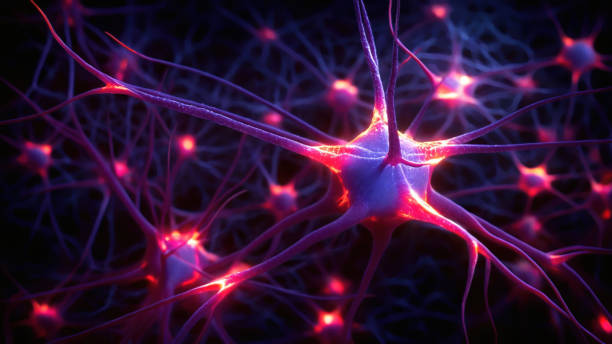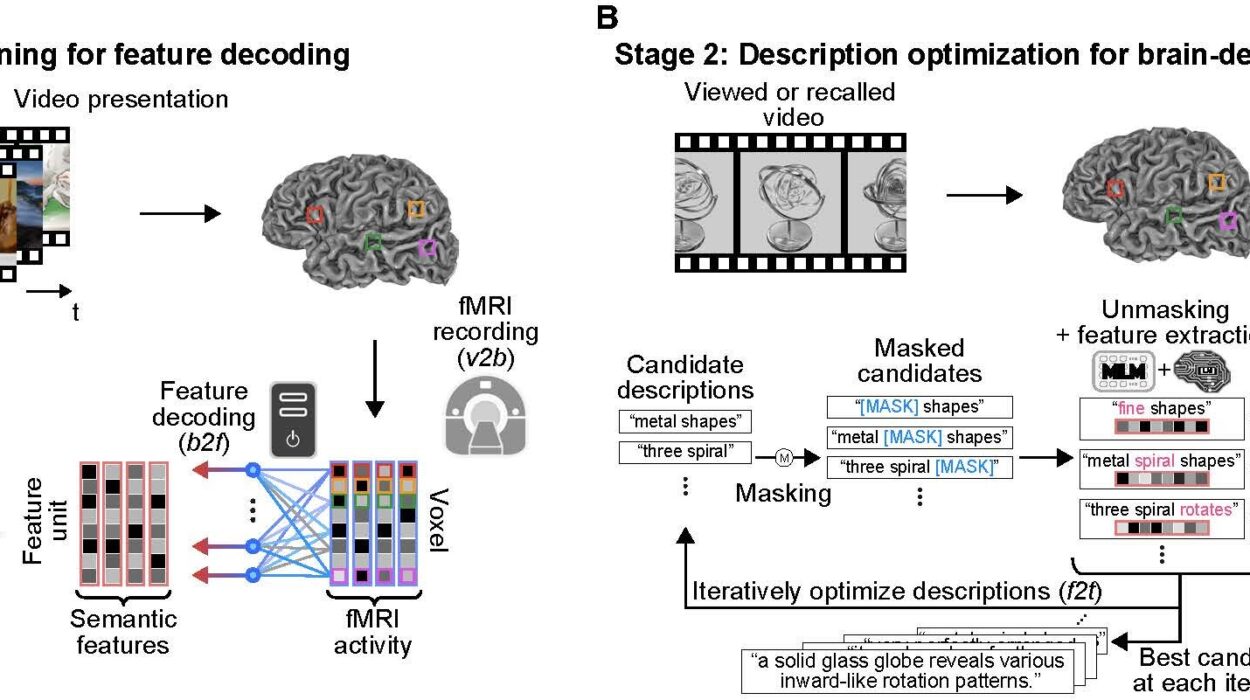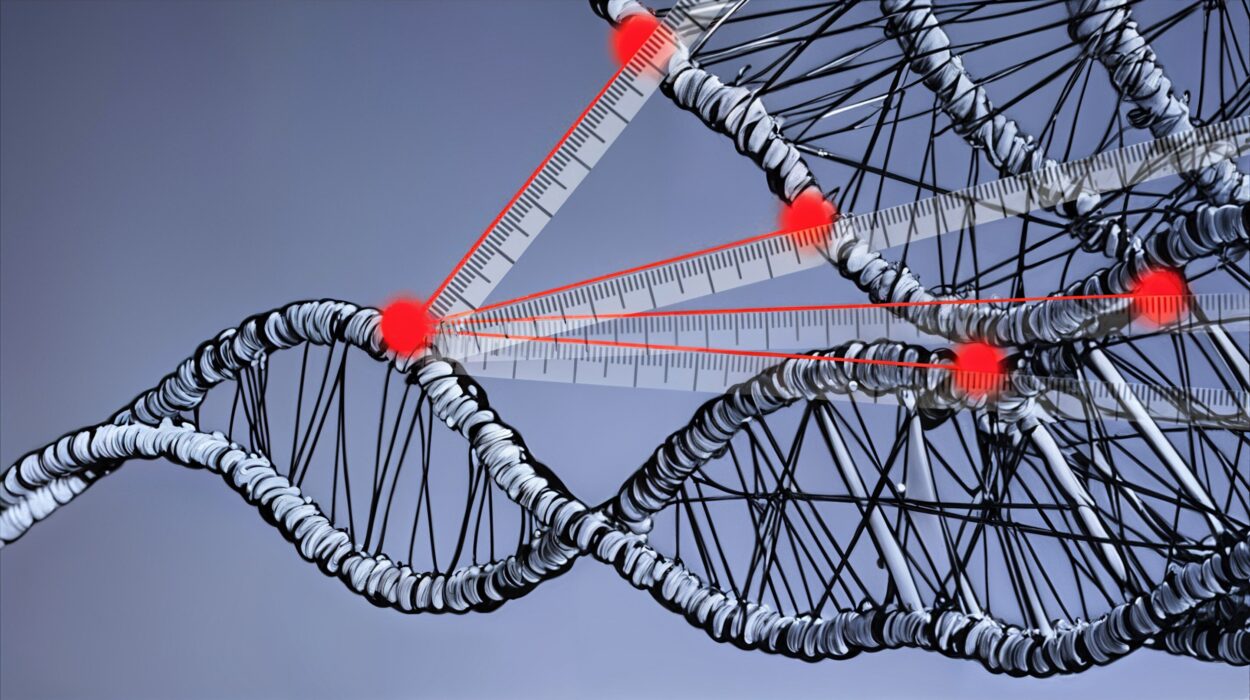When you walk into a crowded café, the scent of espresso, the hum of conversation, the clatter of cups, and the lyrics of background music all flood your senses. Yet somehow, your brain manages to focus on the face of a friend across the table—and later, when you remember that afternoon, you recall her story but not the ringtone that chimed three times behind you.
What determines which moments are remembered and which are forgotten? A new study published in Nature Neuroscience offers a compelling answer: the brain actively learns to suppress distractions during the formation of memory, using a subtle form of inhibitory learning that tunes out irrelevant information so the essence of experience can be preserved.
In a sweeping blend of computational neuroscience and cutting-edge optogenetic experiments, researchers have uncovered a neural mechanism that helps the hippocampus—our brain’s memory hub—filter out noise during memory replay, the process by which recent experiences are reactivated during rest or sleep to consolidate long-term memory.
The key lies in the adaptability of inhibitory synapses—connections between neurons that dampen activity rather than excite it. These inhibitory changes, the researchers discovered, are crucial for separating the signal of meaningful patterns from the static of random distractions.
Replaying the Past Without Repeating the Noise
We’ve long known that the hippocampus plays back recent experiences during periods of rest—like a movie being reviewed in the brain’s private theater. These memory replays, especially sharp-wave ripples in the CA3 region, are thought to cement memories by reinforcing neural connections. But a fundamental mystery has persisted: what does the brain choose to replay, and how does it decide what to ignore?
This new study set out to unravel that mystery. It began with a deceptively simple question: How does the brain know which parts of an experience matter? The researchers hypothesized that the answer might lie in the plasticity of inhibitory neurons—those responsible for muting neural chatter—allowing the brain to learn to ignore what’s irrelevant.
To explore this idea, the team constructed three types of neural network models: a spiking network, a detailed biophysical simulation of hippocampal neurons, and a minimalist mathematical abstraction. Each model was exposed to synthetic experiences mimicking real-world learning: navigating through an environment filled with both reliable spatial cues and random distractions.
Teaching the Brain What to Forget
In these simulations, neurons strengthened their connections using a classic Hebbian learning rule: “neurons that fire together, wire together.” But there was a twist. Unlike previous models that focused on excitatory synapses—the connections that increase neuronal activity—this research also allowed inhibitory synapses to learn.
That change proved pivotal.
When inhibitory plasticity was included, the models learned to suppress activity in neurons that responded to unpredictable or non-generalizable inputs—the neural equivalent of ignoring the ringtone in the café. These networks reinforced the patterns associated with stable and meaningful features of the environment, like spatial location or consistent cues. When inhibition was disabled, however, memory replay descended into chaos—noisy, unstructured, and meaningless.
It was as if the brain, when deprived of its internal “mute button,” could no longer distinguish the plot from the background noise.
From Simulation to Living Brain
Of course, models are only as strong as their reflection of biological reality. So the researchers turned to mice, employing a dazzling combination of optogenetics and in vivo neural recording to test their predictions in the living brain.
Using light-sensitive proteins and implanted fiber optics, they created artificial “distractor cells”—neurons engineered to fire in response to random sensory inputs. These neurons had no consistent place or context. During rest, when memory replay naturally occurs, the team measured the activity of these distractor neurons.
The result? These neurons were notably less active during memory replay compared to stable “place cells” that consistently responded to location. Even more telling, the distractor cells received stronger inhibitory input, suggesting the brain had learned to silence them.
It was the same story the simulations told—but now playing out in the tangled circuits of a real hippocampus.
Why Filtering Matters for Memory
This ability to suppress distraction isn’t just about cutting down on background noise. It’s about prioritizing what’s generalizable, what can be used again. When we remember a conversation, the brain doesn’t want every sensory detail—it wants the content, the structure, the meaningful gist.
In a simplified model developed by the team, experiences were abstracted into sequences containing both consistent and inconsistent elements. When only excitatory learning was allowed, irrelevant features crept into the replay. But when inhibitory learning was added, something elegant happened: the distractors, especially those that recurred in unpredictable contexts, were gradually silenced. The more erratic they were, the more inhibition they attracted, until they vanished from the replay altogether.
It’s a mechanism that not only enhances memory clarity but fosters cognitive flexibility—the ability to generalize lessons from the past to novel situations.
A Window into How Learning Happens
This research, while focused on a small part of the hippocampus, may illuminate broader principles about learning and memory. In a world awash in information, the ability to filter wisely is just as important as the ability to record accurately.
By tuning inhibitory connections, the brain seems to learn what not to remember, ensuring that memory replay isn’t overwhelmed by irrelevant details. It’s a kind of biological triage, allowing us to retain the plot even when the scene is noisy.
Yet the study also acknowledges its limitations. The environments tested were relatively simple, and inhibitory neurons were treated as a uniform class. In reality, the brain teems with diverse inhibitory neuron types, each potentially playing a unique role in sculpting memory. Future work could explore how these subtypes collaborate—or compete—to shape the memory landscape.
Toward a Deeper Understanding of the Forgetting Brain
This work offers a fresh lens on something deeply human: the selective nature of memory. We often lament our forgetfulness, but perhaps forgetting is not a flaw—it’s a feature. The brain doesn’t aim to record life in high definition. It aims to extract meaning.
The researchers have shown that inhibitory plasticity—long the understudied cousin of excitatory learning—may be the unsung hero of memory. It’s what lets us tune out the irrelevant so we can find the signal in the noise.
In a world where distractions are constant and memory is gold, the ability to forget well may be the key to remembering wisely.
As neuroscience continues to uncover the rules behind this elegant internal editing, we edge closer to decoding the algorithms of human thought—and maybe, one day, to engineering machines or therapies that can help us forget the right things to remember the right ones.






